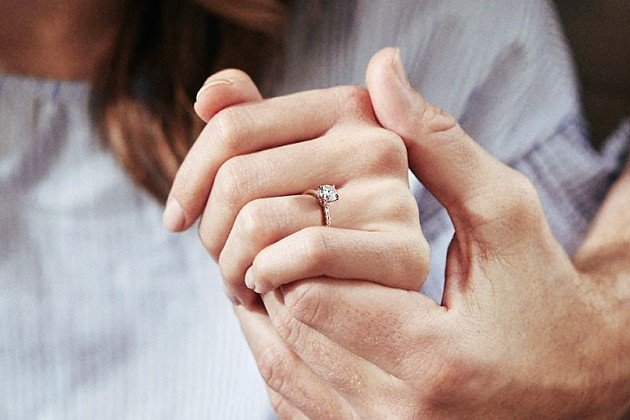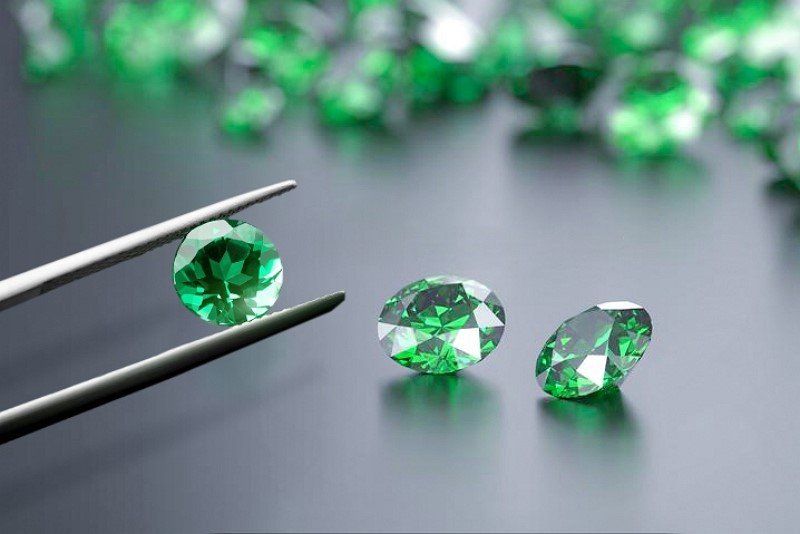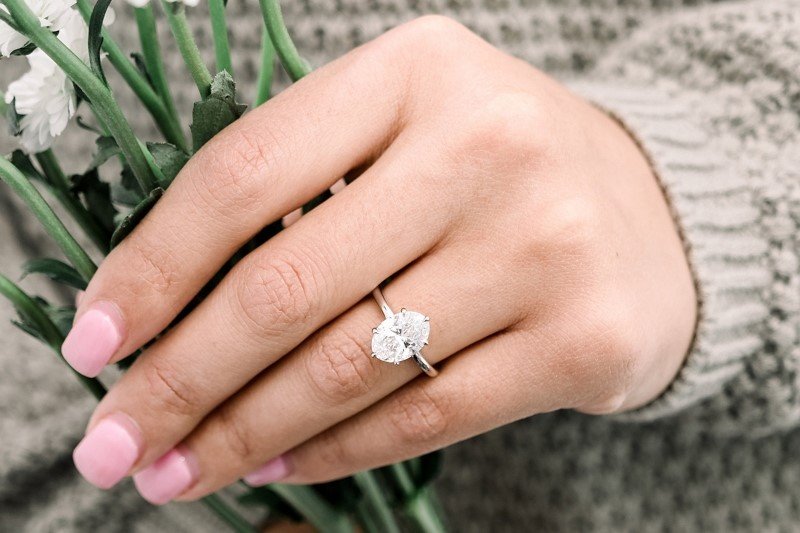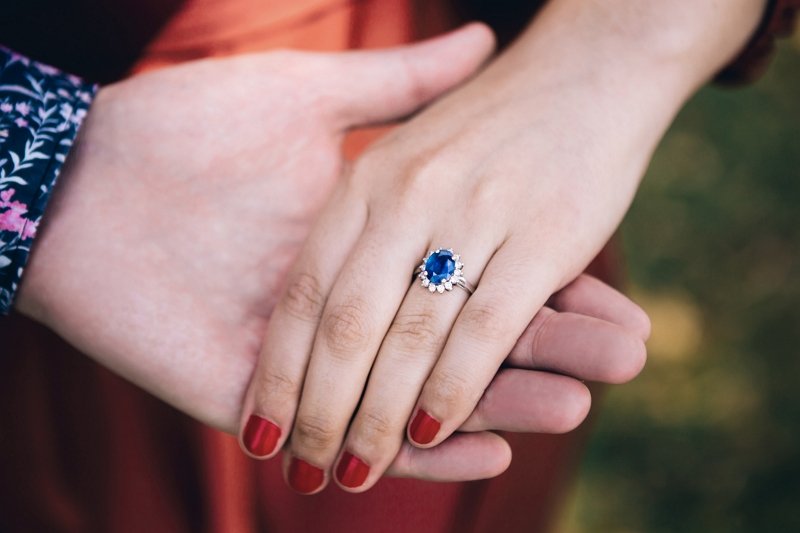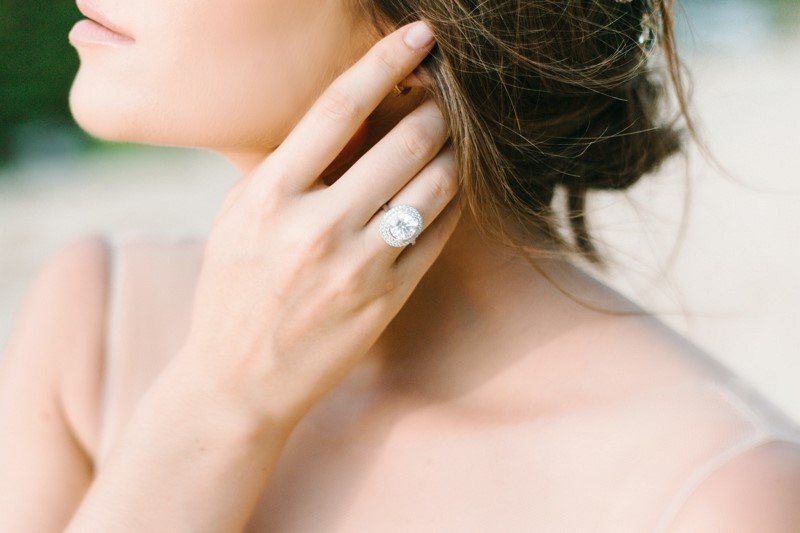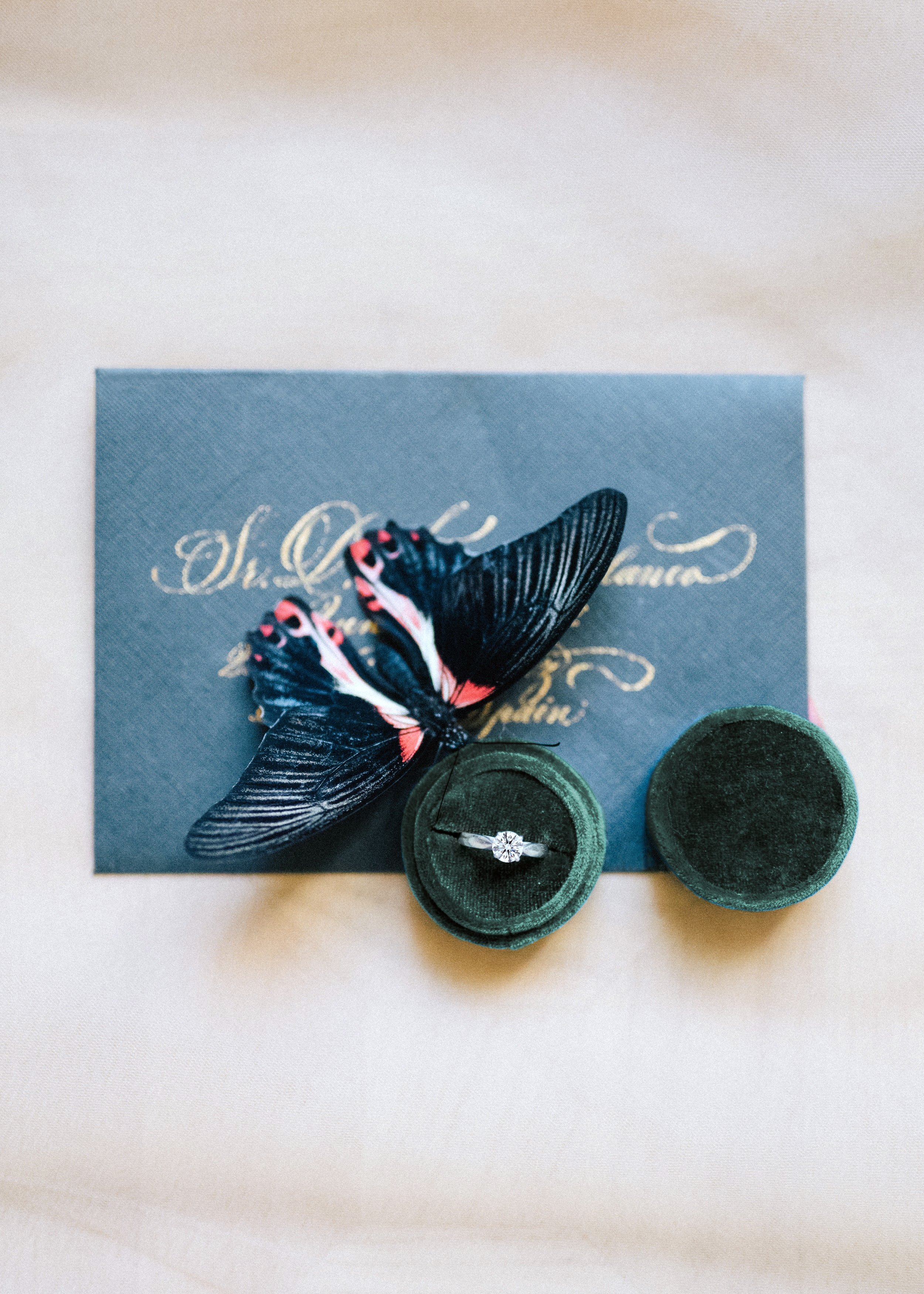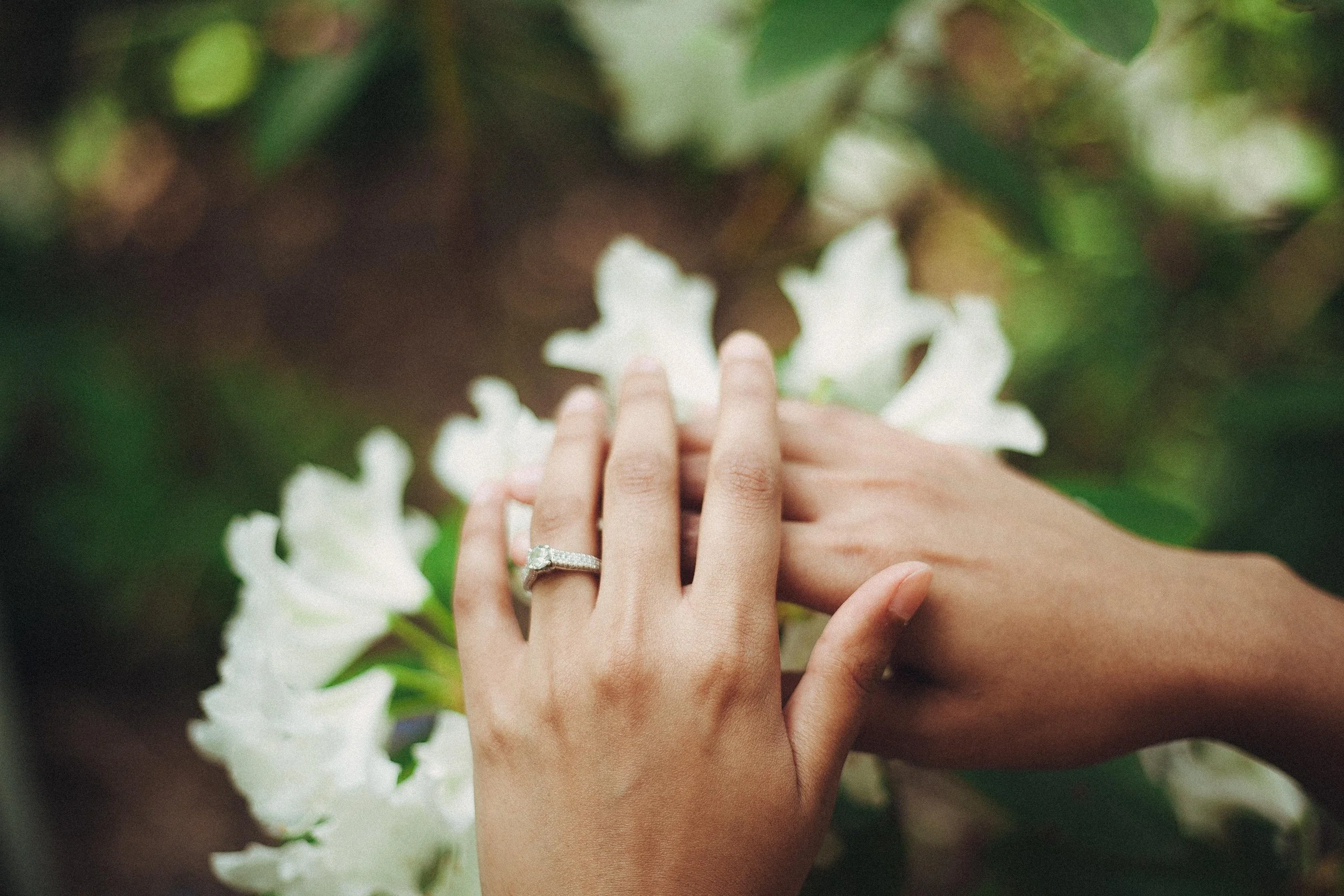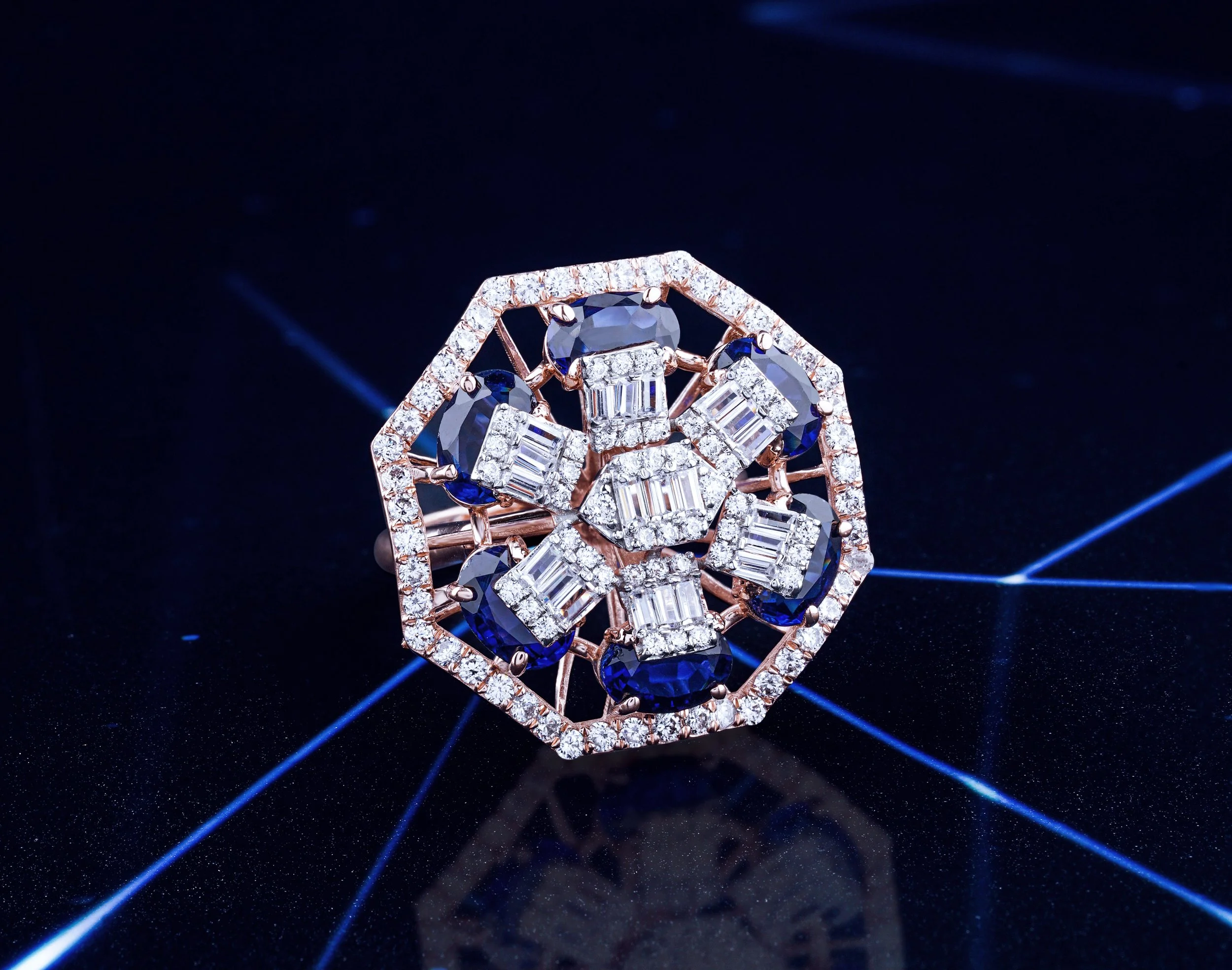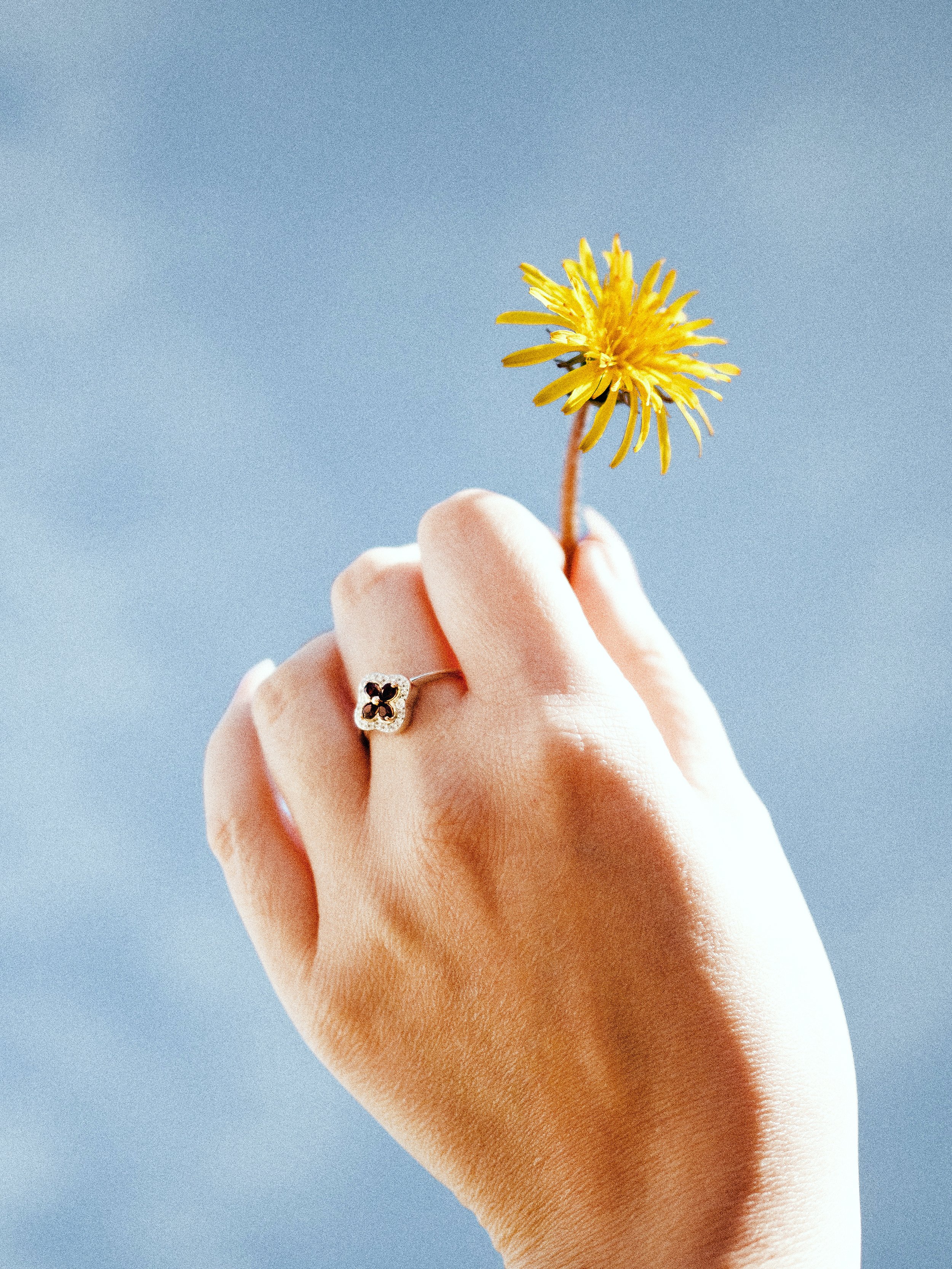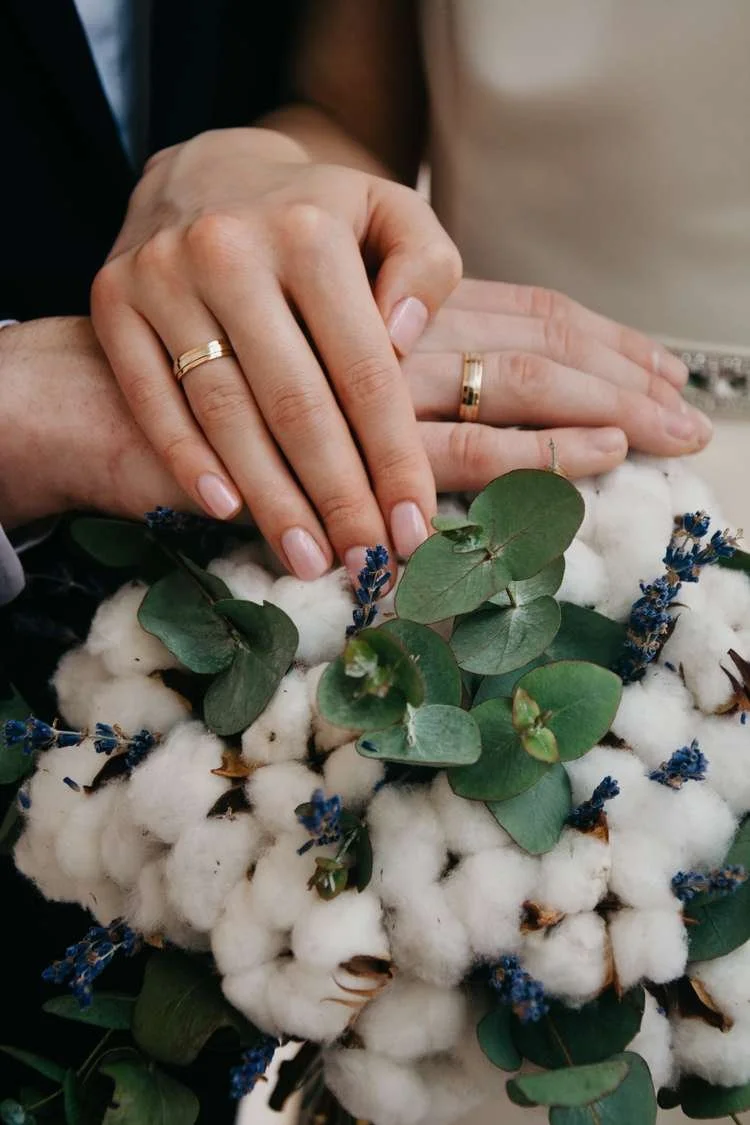The Best Romantic Memory 2022: Your Engagement Ring Made of Your Hair
Can you imagine a diamond engagement ring made from a braid of your or your future spouse's hair? Or even a diamond ring made from your hair for your beloved's anniversary? It's unbelievable in the past, but it's all possible now. Your engagement ring can be made of your hair, and just a lock of hair can make the lab-grown diamond with love memories happen.
The diamond industry is amid a significant shakeup from the ground up, affecting how people wear their rings. The first time a groom put a diamond engagement ring on his bride dates back to 1477 when Archduke Maximilian of Austria made diamond engagement ring in history for his fiancée, Mary of Burgundy.
Maximilian and Mary were trendsetters. Their move set off a craze among European royalty, who began to add more precious stones to their jewelry from then on. ornate engagement ring designs that mixed diamonds with other gemstones, precious metals, and enamel. Often these rings were crafted in the shape of flowers and were known as "poesy rings." Diamond rings made during the Edwardian era continued the tradition of pairing diamonds with other jewelry, commonly mounted in filigree settings.
However, it wasn't until the late 19th century, when diamonds were discovered in South Africa, that the idea of using diamonds for marriage engagements became mainstream. After that, the wheels of history moved on, and by the 1950s, man-made diamonds, or lab-grown diamonds, were available.
If you consider stepping into marriage with an engagement ring with memory if possible, and looking for a good design, we hope this sharing can offer some valuable references and enlighten you. In addition, this guide explains the basics of lab-grown diamonds under high pressure and high temperature and where to buy a commemorative diamond online, and daily care.
Why can diamond be made from human hair?
Maybe we were praying not to see coals, hoping to get diamonds in our stockings every Christmas, but we only get a Snoopy pencil in the end. It's okay that these childish aspirations did not succeed, as they all made a negligible impact on our lives. Still, then with the discovery of scientific exploration, whether it is diamonds, coal, or graphite from the Snoopy pencil, they are all Carbon Allotropy.
Considering this complex chemistry phrase, we can turn to Wiki and google for detailed explanations, which is:
First of all, Allotropy means the existence of an element in two or more different forms, which can be different from each other in properties, structure, arrangement of atoms, etc. In the same physical state, they are known as allotropes of these elements.
Second, carbon can exist in many forms in nature, and one of these fonts is diamond. It means carbon atoms get arranged in a definite sequence to form a diamond. Diamond is an allotrope of carbon, which means carbon exists in another form which is Diamond. All the constituent atoms of diamond are of carbon. Another allotropes of carbon are graphite.
Meanwhile, diamond is typically the only gem made of a single element: about 99.95 percent carbon. The rest percent can include one or more trace elements, atoms that aren't part of the diamond's essential chemistry. While human hair is made up of approximately 91% hair fiber, which contains more than 40% carbon, and the rest are other elements.
In a word, once the professionals extract the carbon from the hair sample, they can make a diamond from human hair with machines' help.
How are diamonds made from human hair?
Lab-grown diamonds, also known as engineered or cultured diamonds, are grown in highly controlled laboratory environments using advanced technological processes that duplicate the conditions that diamonds naturally develop when they form in the mantle beneath the Earth's crust.
The specific process of lab-created diamond under high pressure and high temperature is as follows:
First, 5-10 grams of human hair is collected and carbonized at an extremely high temperature of 1800-3000 degrees Celsius.
Then, the carbonized human hair and other materials are sent into the high-temperature and high-pressure environment, and the raw diamond will "grow up." This cultivation process usually takes more than ten weeks.
Finally, the rough diamond is processed to remove inclusions and polished to form the finished diamond.
These lab-grown diamonds grown from such extremely high control are composed of actual carbon atoms arranged in a crystal structure as diamonds. Because they are made from the same materials as natural diamonds, they exhibit the same optical and chemical properties.
Are lab-grown diamonds real diamonds?
Earth-grown diamonds and laboratory-made diamonds are visually identical. Even under magnification, the two are entirely indistinguishable. Therefore, the best way to identify a man-made diamond is by testing it with a highly specialized machine. Magnetic tests can sometimes reveal this as well.
The only difference is how they are made; Lab-created diamonds, also known as lab-grown diamonds, are grown in an extremely high-temperature and high-pressure lab instead of coming from the Earth's crust. But they both have the same physical, chemical, and optical properties as they are made from pure Carbon and the same heat and temperature. As a result, lab-grown diamonds look identical to natural diamonds means with naked eyes, no one can differentiate them easily.
In durability: diamonds score ten on the Mohs scale of mineral hardness. They both have the same durability as they both are made from pure Carbon.
In clarity: natural diamonds have a few internal flaws that happened during formation. But Synthetic Diamonds are created with reduced internal marks to make them look real.
In graded: GIA or IGI, grade both natural or lab-grown the same from 5'cs. (cut, clarity, color, carat, and confidence). We have a previous article for further reading, and you can check the link here to explore.
In price: compared to natural diamonds, lab-grown diamonds are much cheaper because it has a smaller supplier of chain and takes a short time to produce.
Thus, they both sparkle the same, have the same type of color and clarity, and can come in the same size and shape.
Where to buy the lab-grown diamonds of highest quality?
If you're looking for a cost-effective, conflict-free, and environmentally friendly stone for your engagement ring and wonder where to buy a high-quality lab-created diamond, consider a commemorative diamond from human hair and go to Sunny Eden™. SunnyEden™ is a premier diamond engagement ring retailer with very reputable custom technology, making it the best place to buy lab-created diamonds online or at a shop in California, USA.
Our lab-created diamonds are now readily available in a variety of color ranges. Cultured diamonds, which are available in fancy colors, are considered very rare in nature, including popular hues of vivid rose pink and yellow gold. Moreover, fancy colored commemorative lab diamonds sell at comparatively reasonable prices compared to their natural colored diamond counterparts. Therefore, besides the various cuts and colors, you can find the right one you like best.
How to maintain lab-grown diamond rings?
Cosmetics, body, and facial lotions or washes may cause the color of a rhinestone to dull. Therefore, you should first remove the diamond before using such beauty products and place it on a soft towel to protect the surface of the jewelry.
Soak the diamond jewelry in some mild soap solution for half an hour to avoid diamonds touching each other and rubbing against each other. Dust off dust particles and metal wires in the corners with a soft brush. Your precious piece will shine much brighter than before.
Never expose your diamonds to chlorine bleach or other chemicals, as it will cause them to tarnish.
Don't wear diamonds while doing heavy household work. Although diamonds are rough stones, they can fall off or be chipped by impact.
Use a unique jewelry box to store a diamond ring wrapped in a clean cotton or soft fabric clothing.
Be careful when cleaning or moving a diamond ring to avoid dropping it on the floor. In addition, all jewelry needs to be cleaned regularly. Proper care and maintenance will help to maintain the beauty of the diamond ring. In addition, it is necessary to leave the diamond ring for a day about every two weeks or clean it all once a month.
Quick daily cleaning of your ring with just warm water and a soft toothbrush can keep your call sparkling for day-to-day wear and help reduce the need for longer soaks.
Lab-grown diamond from carbon extracted in hair
Indeed, even some diamond dealers may not tell them apart unless they are specifically looking to see if they are natural or synthetic.
They are different by memory. Natural diamonds are more expensive because of the brand premium, but man-made diamonds are with memory, which comes from your hair or your beloved’s hair. Anytime in the future, no matter who stares at it, you can tell her or him this is a love engagement ring with memory.
People purchase something not only just because of its look but also its story and rarity, like the art, collectibles, and other similar products.
Using a strand of your hair or a lock of your partner's hair to make a diamond ring dedicated to your private memory in the form of a diamond ring is the definition of love. Such a commemorative gift is no matter long-term memory or short-term memory; the ring is to improve memory. Prince Maximilian took great pains to make a ring inlaid with unpolished diamonds and proposed to Princess Mary of Burgundy. The diamond is in the shape of the Gothic letter "M", the initials of their names. It's the inimitable memory that belongs to Maximilian and Mary.
So, just like with fake leather and fake pearls, it is not how similar or dissimilar the man-made version is from the natural one; it is the fact that the one is a creation of pure chance and time, while the other is created in a lab - this defines its market value and price.










